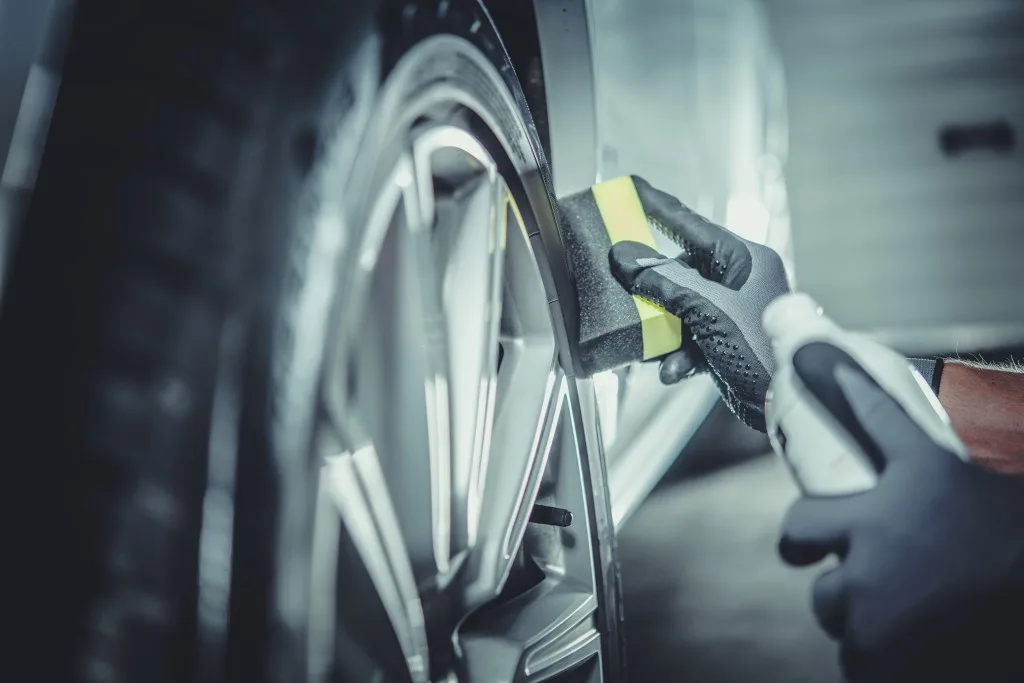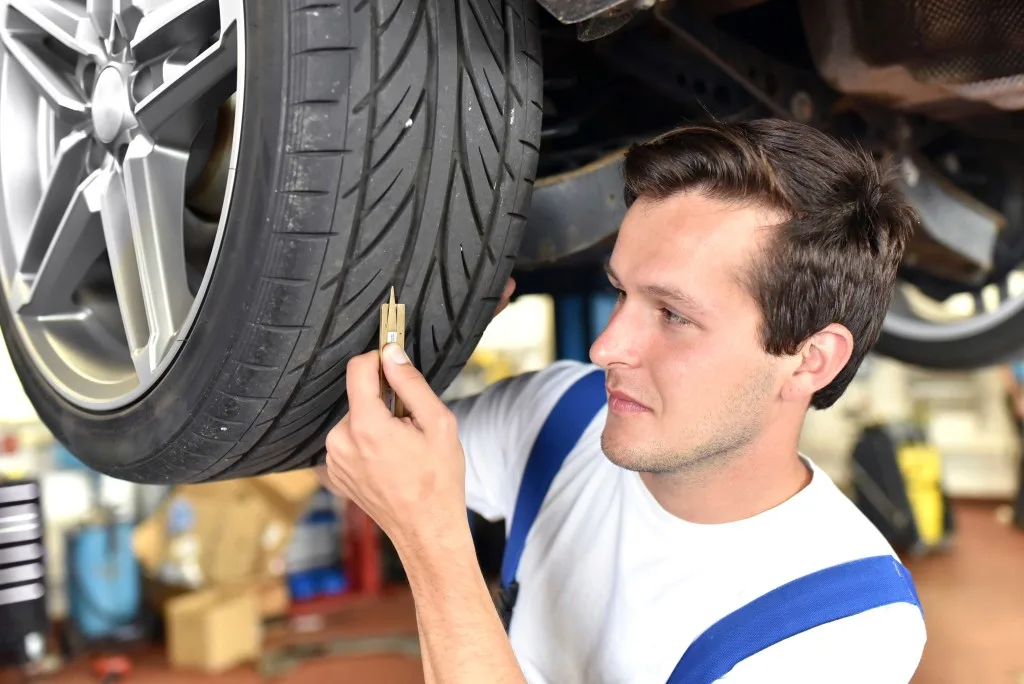You’ve surely noticed the weird little hairs on your tires. Poking out of the sidewalls, these tiny rubber strands seem to have a purpose.
Every tire has them on the sides. But it gets even more mysterious if you’ve seen brand-new ones from the mold. They’re everywhere.
Precisely what these rubber protrusions do is the mystery we’re exploring today.
Let’s dig in!
What are Tire Hairs?
We’re sure you’ve wondered, as we have, exactly what the tiny hairs on the sides of tires are. It’s hard to tell by looking at them if they serve a purpose or just hang out. A little research reveals that they’re remnants of the manufacturing process.

When they roll off the line, they actually have hairs all over in random places. And while most manufacturers leave the nubbins on the side, they shave the rest. The ones on the side are the last to go. Brand-new rubber usually has more because they haven’t been worn away yet through regular use.
Do These Hairs Have an Actual Name?
Manufacturers and car geeks call tire hairs “vent spew.” We’ve also heard them called sprue nubs, tire nibs, gate marks, and nippers. But all of these cute names refer to the same little rubber nubbin.
Depending on who produces them, the name changes. The most accurate names refer to how they form, something we’ll discuss below.
Whatever you call them, they’ve captured the imagination of many. Folks wondering about their name and purpose regularly come up with an explanation.
What is the Purpose of Tire Hairs?
Nippers form during the manufacturing process as excess rubber pushes into the vents on the mold. Quality control experts examining the finished tires look for them as a sign of quality. The mold may have flaws if they aren’t present. Catching the issues early is vital to protecting drivers on the road.
After that stage, tire hairs don’t serve a purpose. They’re leftover from the manufacturing process.
How and Why Do Tire Hairs Form?
When rubber enter molds, manufacturers pump in pressure and heat, and the blank expands. High heat causes bubbles in the material, something the makers expect. Tires come out crumbly and flawed without tiny vents all over the mold. Borrowing from other processes, someone had a plan.
Tiny vents, about the size of a pencil lead, allow the hot air to escape. Instead of bubbles left all over the surface, we get tire hairs. A more official name, the vent spew accurately describes how they form.
Instead of digging into finished tires for quality control, the gate marks are like the canary in a coal mine. If there aren’t any, they’re probably unsafe.
Should You Remove Them from Your Tires?
These little rubber nubs don’t serve a purpose, so they won’t harm your new tires. If you don’t like them for some reason, you can certainly remove them without a problem. Like skin tags or nose hairs, removing them might be more trouble than it’s worth.
If you want to take them off, it’s not complicated. Pluck them using your fingers like you would an offending back hair, or use clippers instead. Don’t use scissors or any other sharp object, though. You could puncture it and have to start over from scratch.

Common Misconceptions About Tire Hairs
Curiosity usually gets the better of gearheads, and tire hairs are no exception. Instead of checking with manufacturers, we tell some tall tales about these little buggers. Here are some of our favorites.
They Tell You the Age or Condition of Your Tires
Like the rings on trees, tire hairs tell you the age and condition of your wheels. When they’re gone or get smaller, it’s time to replace them.
As we’ve pointed out, the tiny rubber nubs don’t serve a purpose after manufacturing. If you’re driving on rough roads, they may come off sooner rather than later. And if you don’t spend much time on the road, they’ll last forever. So, it stands to reason that they wouldn’t give you information about age or condition.
Instead, you should check the depth of your tread against a penny. That, it turns out, is true.
You Should Never Remove Them
According to this common myth, they’re like a mattress tag. You shouldn’t remove the tire hairs.
Cat’s whiskers serve a purpose, and you shouldn’t touch them. Dogs feel insecure if you cut their whiskers. But your tires? They’ll be just fine without them. Despite what you might’ve heard, as long as you do it safely, get them all!
You Should Always Remove Them
According to some, these nubs are unsightly and make your ride look sloppy. Get rid of them as soon as possible!
For folks obsessed with their cars, removing tire hairs is as essential as waxing. If things down below are hirsute, your time spent buffing the finish is wasted.
Instead, you can use a razor or clippers and have a perfectly bald wheel. Without a purpose, these little gate marks are free to go. If you’ve got a spare couple of hours to burn, it’s an easy chore.
Do Your Tires Have Tiny Hairs Still?
Whatever you call them, vent spew is all made the same. Heated rubber escaping through tiny holes in the mold. Even though there’s a purpose during manufacture, what happens after is up to you.
Your tires accomplish the same objective of getting you safely from one place to the next, clean or hairy. Now that you know the truth, have a little fun at your friend’s expense and give them the runaround.
Keep them or lose them, just let your wheels be free to enjoy the road!
We’ll Help You Find the Best Free Camping in the USA
You should give it a try!
As a matter of fact, these free campsites are yours to enjoy. Every time you pay federal taxes, you’re contributing to these lands.
Become a FREE CAMPING INSIDER and join the 100,000 campers who love to score the best site!
We’ll send you the 50 Best Free Campsites in the USA (one per state). Access the list by submitting your email below: